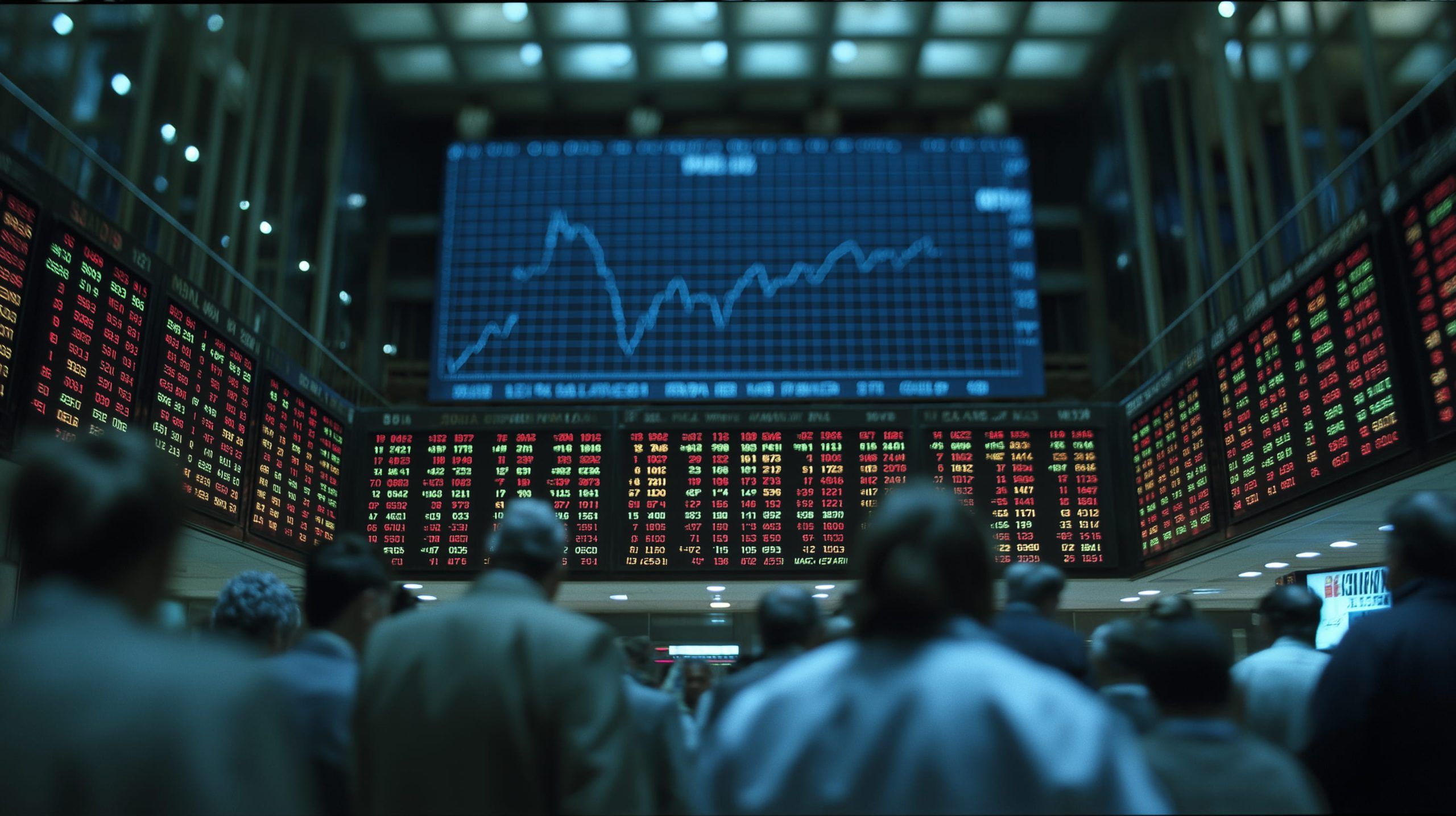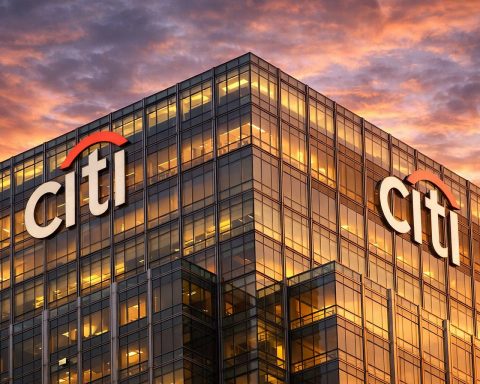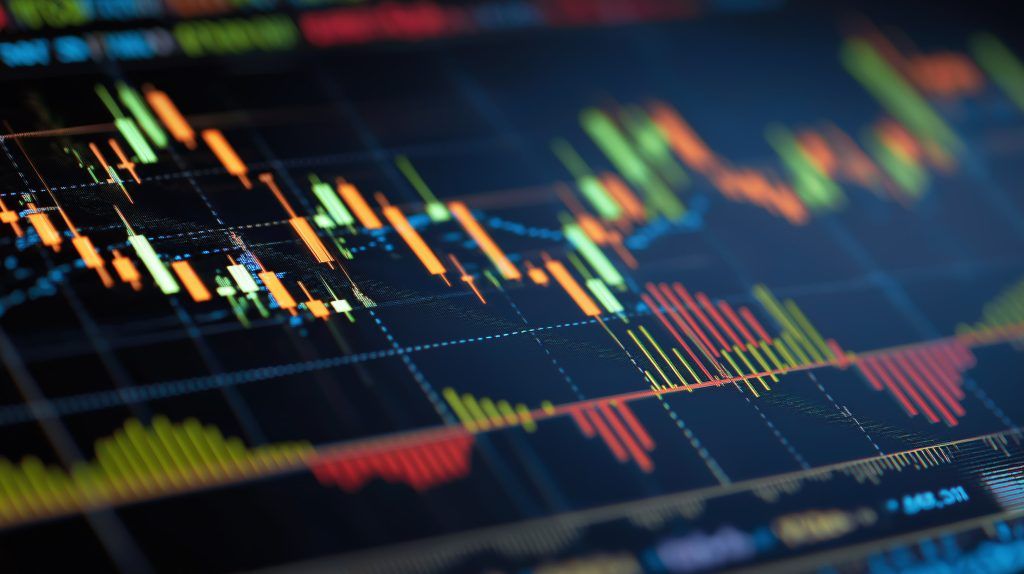- Indices Rise: European benchmarks closed higher on Monday. Britain’s FTSE 100 was up about 0.5%, France’s CAC 40 rose ~0.3% and Germany’s DAX ~0.3% [1] [2]. The pan-European STOXX 600 gained ~0.2% as healthcare and tech sectors led broad modest gains [3].
- Pharma and Tech Lead: Drugmakers spurred the market. GSK jumped ~3.3% on news CEO Emma Walmsley will step down [4]. AstraZeneca rallied ~1.3% after unveiling plans to list ordinary shares in New York (while keeping its UK base) [5] [6]. Major tech stocks also rallied (~+0.6% sector) on global chip news [7].
- Big Corporate News: Lufthansa (LHAG.DE) announced plans to cut 4,000 jobs and set higher profit targets in a bid to improve margins [8]. Switzerland’s Ottobock (prosthetics) is targeting an IPO valuing the company up to $4.9 billion [9]. In the UK retail sector, Tesco is expected to raise its full-year profit guidance after strong summer sales [10].
- Energy and Commodities: Oil prices fell ~0.6% (Brent ~$69.7) on news of resumed Iraqi Kurdish exports and an anticipated OPEC+ output hike [11]. Energy stocks slipped on softer oil, but miners advanced on a gold rally [12] [13]. Gold hit record highs (~$3,812/oz) [14].
- Economy & Policy: No major EU central bank moves this week – the ECB holds rates at 2% after several cuts [15]. UK inflation is still high (~3.8% in August), so the Bank of England is widely expected to keep its key rate at 4% [16]. (Capital Economics’ Paul Dales notes upside inflation risks make cuts unlikely soon [17].) German growth remains stagnant (economic institutes see ~0.2% GDP growth in 2025) [18].
- Expert Views: Analysts say tech remains the key market driver – UBS notes heavy investment and investor confidence in tech yields rally leadership [19]. On commodities, RBC strategists warn that rising supply (from OPEC+ and geopolitics) could cap oil gains, heightening volatility risk [20].
Market Overview
On Monday, Europe’s stock markets built on last week’s Fed-inspired optimism. Investors cheered a mix of corporate news and the prospect of more US rate cuts. Britain’s FTSE 100 climbed roughly 0.5%, putting it near record highs, and the STOXX 600 closed about +0.2% [21]. France’s CAC 40 and Germany’s DAX each gained a few tenths of a percent [22]. Major indices in Southern Europe also edged up (Spain’s IBEX 35 and Italy’s FTSE MIB were broadly flat or slightly positive). Across sectors, the strongest gains were in healthcare and tech, offsetting weakness in commodity-linked areas and automakers.
Corporate News Movers
Several high-profile company announcements drove individual stocks on Monday. In pharmaceuticals, GSK (NYSE: GSK) jumped ~3.5% after announcing that long-time CEO Emma Walmsley will step down at year-end, handing over to COO Luke Miels [23]. A market commentator noted GSK shares had been lagging peers, and the new leadership “is a bet the market likes for now” [24]. AstraZeneca (LSE: AZN) also moved higher (~+1%) when it said it will list ordinary shares directly in New York to attract more US investors, while keeping its London and Stockholm listings [25]. CEO Pascal Soriot and CFO Chris Demarest emphasized the change “will allow us to reach a broader mix of global investors” [26].
In Germany, Lufthansa surprised markets with a tough cost-cutting plan. The carrier will eliminate 4,000 administrative jobs by 2030 and target an 8–10% operating margin by 2028 [27] [28]. This came as management unveiled its first group-wide “capital markets day” in six years. Executives framed the move as part of an ambitious turnaround to cope with past profit warnings. The stock reacted positively on the outlook for efficiency and cash flow [29].
Other corporate news: Switzerland’s Ottobock (a medical devices group) set terms for an IPO valuing the company up to €13.9 billion ($16.3 billion) [30]. In the UK, supermarket leader Tesco is due to report half-year results this week, with analysts expecting an upgrade to guidance after data showed it gained market share during a strong summer [31].
Sector Themes
Technology & Healthcare: Technology shares outperformed on Monday, helping keep markets afloat. The STOXX 600 tech index rose about 0.6% [32], as investors looked past recent AI stock jitters on news like Intel’s chip deal. Healthcare also bounced, led by the GSK spike and defensive pharma names, offsetting a dip in luxury consumer shares.
Banks & Finance: European bank stocks have staged a steady rebound in recent weeks as central banks pause rate hikes and credit growth stabilizes. Broadly, banks helped lift European indices last week [33], and on Monday they held gains from Friday’s Fed cut. One strategist notes that lower global rates are already “largely priced in” and policy inaction may persist [34], keeping bond yields anchored.
Autos: Automakers remain under pressure after warnings. Last week Porsche and Volkswagen slashed their profit outlooks, and British auto suppliers fell. While Monday saw only a mild pullback in the autos index, analysts caution the sector’s turnaround will take time. On the positive side, markets continue to focus on potential new EV deals and government incentives.
Energy & Commodities: Oil prices eased ~0.6% on Monday to around $69.7/barrel (Brent) after Iraq’s Kurdistan region restarted exports and OPEC+ signaled a fresh production hike [35]. This news, plus a general belief in ample global supply, led traders to take profits. Refineries noted that a surge in Kurdish flows to Turkey (up to ~200 kbpd) will add supply in coming months [36] [37]. In response, European oil & gas stocks drifted lower. In contrast, metals and miners rallied: gold hit a fresh record (~$3,812/oz [38]), sending precious-metal miners like Fresnillo and Newmont sharply higher. Base-metal miners also climbed as industrial metals prices firmed.
Economic & Policy Updates
There were no new policy decisions from the ECB or BoE this week, but economic data influenced sentiment. In the UK, inflation held at 3.8% in August – the highest among G7 economies – driven by rising food prices [39]. This reinforces market bets that the Bank of England will “keep rates steady at 4%” for now. Economists like Capital Economics’ Paul Dales argue that near-term inflation risks remain tilted upward, so a rate cut is unlikely until well after year-end [40].
In Europe, the ECB on Sept.11 held its main deposit rate at 2.0% [41] and signaled a pause in cuts. ECB President Christine Lagarde called the euro-area economy “in a good place,” but noted inflation is on track to undershoot the 2% goal [42]. Recent ECB forecasts see HICP inflation ending 2026 at 1.9% (down from earlier projections) [43]. Market strategists believe this gives the ECB room to sit pat. (ECB Vice President de Guindos even said the disinflation process is “relatively clear” [44].)
Elsewhere, German forecasters nudged their 2025 GDP outlook up slightly (to ~0.2% growth) on expectations of stepped-up government spending [45] [46]. That is better than outright contraction but still very weak, reflecting trade headwinds and delayed reforms. Inflation in the euro area is roughly 2.1%, barely above target, meaning lower financing costs aren’t threatening price stability [47].
Analyst Commentary and Outlook
Commentators are generally upbeat on equities for the near term, though they advise caution on tail risks. The main drivers of the current market rally are still technology and cyclical stocks. As UBS strategist Kiran Ganesh puts it, “the tech story remains really important for the health of this rally…investors seem to be willing to bet that investments [in tech] will prove productive” [48]. European tech earnings are expected to be resilient, buoyed by global digitization trends.
In energy and commodities, analysts warn that rising supply could stifle prices unless geopolitical flare-ups occur. RBC Capital Markets notes that as OPEC reduces its spare capacity, “the risk of an October geopolitical surprise continues to rise,” which could shock oil markets [49]. For now, oil is stuck in a narrow range.
Monetary policy expectations have also shifted. Market pricing shows a high likelihood (nearly 90%) of a U.S. Fed cut in October (assuming the U.S. avoids a shutdown this week) [50]. In Europe, core rates seem settled, but bond yields could creep higher if, for example, Germany’s fiscal expansion boosts debt issuance (as some German economists suggest) [51]. Deutsche Bank’s Mark Wall notes the ECB’s slight upward tweaks to inflation forecasts suggest a “less deep undershoot” by 2026 – but warns core inflation (1.8% in 2027) remains below target, hinting at prolonged policy pause [52].
Overall, strategists forecast only modest stock gains ahead. Most expect markets to consolidate into Q4, driven by a combination of steady corporate earnings and cautious central banks. A prolonged U.S. government shutdown (rumored to begin this week) could briefly rattle sentiment, though history shows past shutdowns had limited market impact [53]. Domestically, analysts will watch upcoming euro-zone PMI and consumer surveys for signs of a soft patch. But with valuations stretched and much good news already priced in, they advise watching these indicators closely.
Conclusion
European markets ended Monday on a positive note, led by buoyant sectors (tech, healthcare) and lifted by corporate announcements (notably GSK, AZ). The rally reflects growing investor confidence that central banks will stay accommodative and that global growth will stabilize. However, caution is warranted: high inflation in the UK, slow growth in the euro zone and external uncertainties (trade talks, US policy) suggest the market may be in for choppier trading ahead. For now, experts see limited near-term catalysts; long-term, they stress that “still-high inflation and debt concerns” will keep investors vigilant as equities hover near record levels [54] [55].
Sources: Market moves and stock news from Reuters and LSEG data [56] [57] [58] [59]; economic and policy updates from Reuters [60] [61]; expert comments from Reuters reportage [62] [63]. For further reading, see full articles in Reuters, Financial Times, etc., on European markets (Sept 28–29, 2025).
References
1. www.reuters.com, 2. www.reuters.com, 3. www.reuters.com, 4. www.reuters.com, 5. www.reuters.com, 6. www.reuters.com, 7. www.reuters.com, 8. www.reuters.com, 9. www.reuters.com, 10. www.reuters.com, 11. www.reuters.com, 12. www.reuters.com, 13. www.reuters.com, 14. www.reuters.com, 15. www.reuters.com, 16. www.reuters.com, 17. www.reuters.com, 18. www.reuters.com, 19. www.reuters.com, 20. www.reuters.com, 21. www.reuters.com, 22. www.reuters.com, 23. www.reuters.com, 24. www.standard.co.uk, 25. www.reuters.com, 26. www.reuters.com, 27. www.reuters.com, 28. www.reuters.com, 29. www.reuters.com, 30. www.reuters.com, 31. www.reuters.com, 32. www.reuters.com, 33. www.reuters.com, 34. www.reuters.com, 35. www.reuters.com, 36. www.reuters.com, 37. www.reuters.com, 38. www.reuters.com, 39. www.reuters.com, 40. www.reuters.com, 41. www.reuters.com, 42. www.reuters.com, 43. www.reuters.com, 44. www.reuters.com, 45. www.reuters.com, 46. www.reuters.com, 47. www.reuters.com, 48. www.reuters.com, 49. www.reuters.com, 50. www.reuters.com, 51. www.reuters.com, 52. www.reuters.com, 53. www.reuters.com, 54. www.reuters.com, 55. www.reuters.com, 56. www.reuters.com, 57. www.reuters.com, 58. www.reuters.com, 59. www.reuters.com, 60. www.reuters.com, 61. www.reuters.com, 62. www.reuters.com, 63. www.reuters.com







